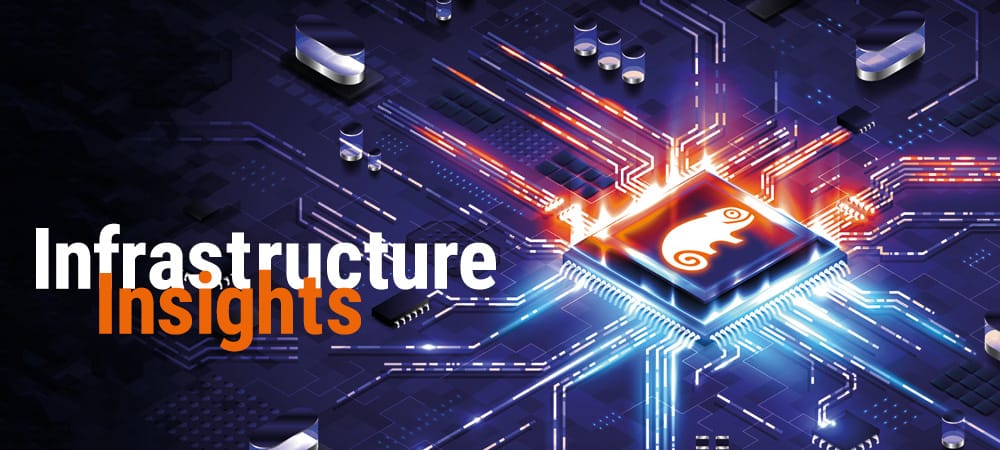S/4 Hana - the search for value potential


SAP customers know from painful experience: Because standard software can only support certain functions in this way and not in any other way, customer-specific processes are adapted.
This is called "best practice" in consultant-speak. Or, to put it less kindly, the business process is bypassed in order to survive despite the software-related limitations.
Long runner customer segmentation
If, for example, the runtime of a customer segmentation cannot be pushed below ten hours, then this has two consequences. First, such an analysis will not be performed in dialog, but in batch; this means that the segmentation will not be interactive, flexible, and in dialog, but will have to follow rigid, fixed rules.
Second, you will not start the run during the day, but, for example, once a month, quarter or even year in a nighttime processing window; the price of this: The company's view of its market lags behind reality by weeks or months.
Customer Segmentation Accelerator
New solutions such as SAP Customer Segmentation Accelerator for Hana can help eliminate such bottlenecks. The consequence for the example described above:
Segmentation could now also take place on an hourly basis. And the criteria according to which segmentation is carried out are no longer necessarily to be defined a priori.
They can be worked out in dialog with the system or can be developed fully automatically using powerful statistical algorithms. Of course, it is not necessary to rethink all processes that can theoretically be redesigned with Hana and or S/4.
Nevertheless: If you eliminate bottlenecks instead of continuing to circumvent them, new design options for business processes open up. Incidentally, the Israeli physicist Eliyahu Goldratt has vividly presented the basic idea of bottleneck-oriented process optimization in his business novel "The Goal: A Novel about Process Optimization".
In the later published book "The Result: A Novel of Profitable Software Solutions" (which is unfortunately not written in quite the same exciting way), Goldratt applies the bottleneck theory he developed to the use of ERP solutions to support business processes.
In the case of customer segmentation, a new feature emerges from the interaction of hardware (in-memory database), software (code pushdown) and method (column-oriented data storage). Segmentation simply runs many times faster, the 10-hour bottle neck in the business process is eliminated.
But sometimes the fusion of new technologies, methods, algorithms, and paradigms results not only in features, but in entirely new functionalities.
If you include not only ERP data in customer segmentation, but also data flows from smartphone apps or social networks, then market segments can be formed much more finely, not only customer-specific, but situation-specific and in real time.
Marketing campaigns can then be based on the current customer reality, created automatically, and handled via messaging applications or custom apps.
In the case of S/4 Hana, value from the elimination of bottlenecks often comes through decision steps. Interactive or automatic segmentation of customers at shorter intervals or even in near real time, for example, can mean that decisions about specific offers to individual customers become more accurate, can be made much more frequently, and fit better with the customer's current reality.
In the search for value potential, you should therefore focus on decision-making steps in business processes and examine whether decisions can be made differently than before (faster, more often, with fewer errors or even fully automatically) through a clever combination of technology, method, algorithm and paradigm, and what financial consequences result from this.
Measure value potential
Decisions are made to trigger actions. A customer-specific discount is offered, a loan is extended or not.
In both cases, the consequences of the decisions can be measured in retrospect. The customer has accepted the offer and the resulting margin is known, the loan has been serviced regularly or had to be written off in full or in part.
At least for business processes that are not entirely new, one can fall back on empirical values. If master and transaction data are "clean", an excellent data basis is available for the empirical assessment of new decision-supporting solutions.
The evaluation of a business case is then no longer speculation, but simply a calculation exercise.
Machines decide: Gloomy vision?
A side note: In addition to new technologies, we see new paradigms (i.e., new ways of thinking) as a very essential building block of real-time solutions. Increasingly, we will delegate decisions to machines - an idea that is interesting, but not everyone among us is comfortable with.
Dark visions of the future from films such as "Matrix" or "Terminator" appear in our mind's eye. The idea of machine decision-making can be welcomed or feared. However, we should not forget that we are not talking about science fiction here.
We rely on the navigation system in the car in everyday life and do not question its instructions.
Decisions on the granting of private loans or the early release of prisoners on parole have also long since been made by algorithms, and when our vacation plane lands at home in dense November fog, this so-called CAT III landing is carried out fully automatically in accordance with regulations and without any intervention by the pilots.
Let's summarize: Features and functions emerge from the interweaving of technologies, methods, algorithms and paradigms. These features and functions eliminate constraints and enable us to model IT-supported business processes differently than before.
This gives rise to the potential to create value by redesigning old processes or introducing new business models. Decision steps provide a clue as to which business processes should be looked at more closely.
Processes in which decisions play a significant role are candidates for a Hana-based business case. Viewed against this background, Hana is a bundle of technology methods, algorithms and paradigms.
As a platform, Hana (and thus also S/4) provides customers with new functions and features, either alone or in conjunction with non-SAP products.
The technological side of Hana consists of hardware and software and materializes in an appliance or in cloud-based products. Examples of methods are the table-by-table selectable partitioning methods (Hash, Range, Round Robin) or the compression approaches available for data storage (Dictionary, Prefix Encoding, RLE, Cluster/Sparse/Indirect Encoding).
Algorithms are made available - among others - via the Predictive Analysis Library (PAL) or the R integration. New paradigms - such as machine decision-making - are supported by certain object types (for example, decision tables).
With S/4 - in addition to the pure database Hana - another fundamental innovation is added: In the new data models of sFIN or sLOG, data tends to be stored in a centralized and granular way instead of distributed and pre-compacted compared to R/3.
On the data side, this creates the underpinnings for automated analysis and decision-making processes: While we humans are more likely to gain insights from processed, summarized data, pattern-seeking algorithms need raw and detailed data.
Conclusion:
Hana as a platform and S/4 as the most important product on this platform are - viewed abstractly - a bundle of hardware and software, methods, algorithms and new paradigms.
SAP customers looking for business cases should examine existing business processes to see if they can be designed differently with Hana and/or S/4 Hana.
If so, such processes and the decision-making steps they involve probably hold potential for creating shareholder value.
The next, final article in our series will focus on roadmapping: Which steps in which order lead from the as-is state after a migration to Hana to the implementation of business cases with automatically decisive algorithms?






